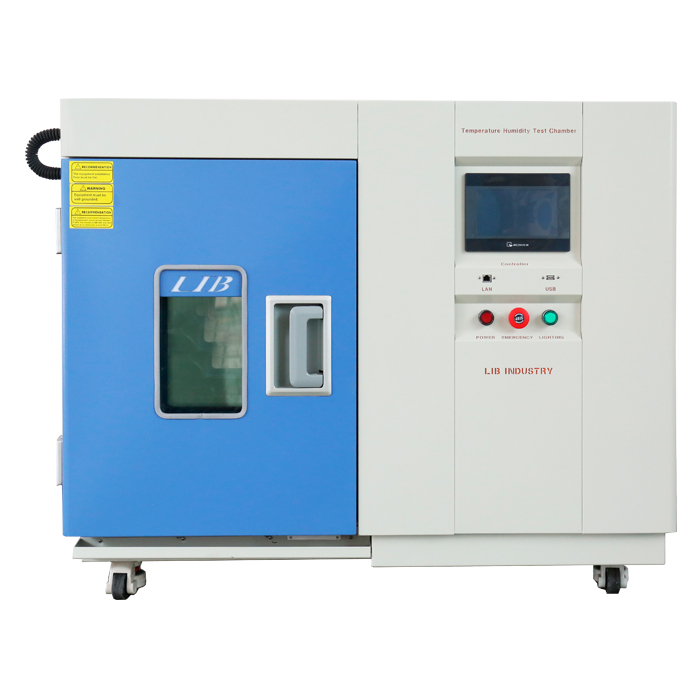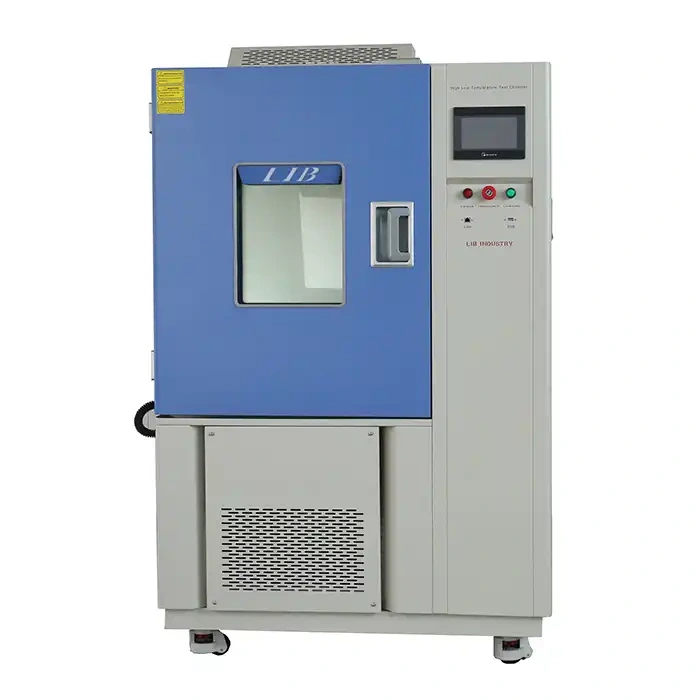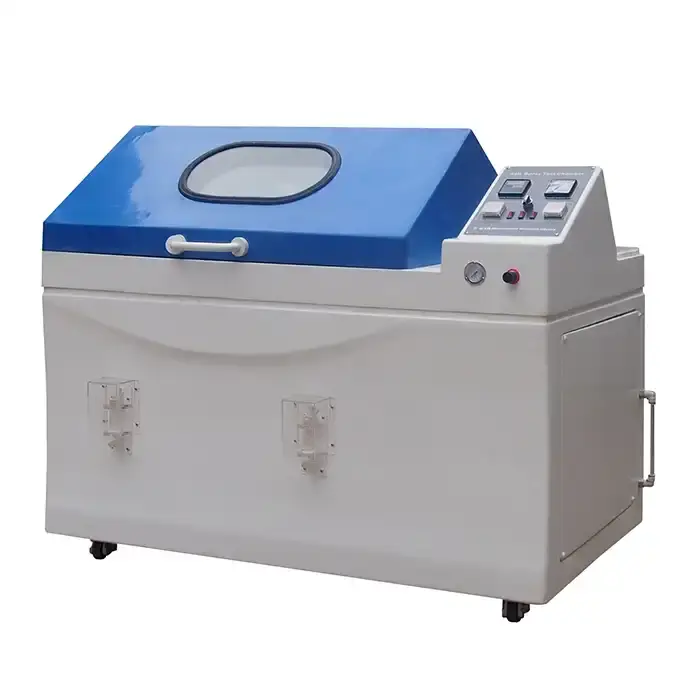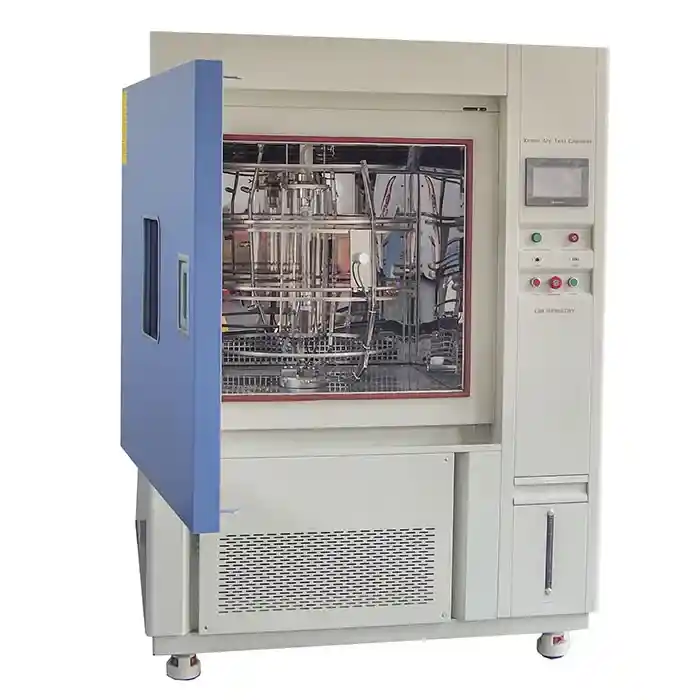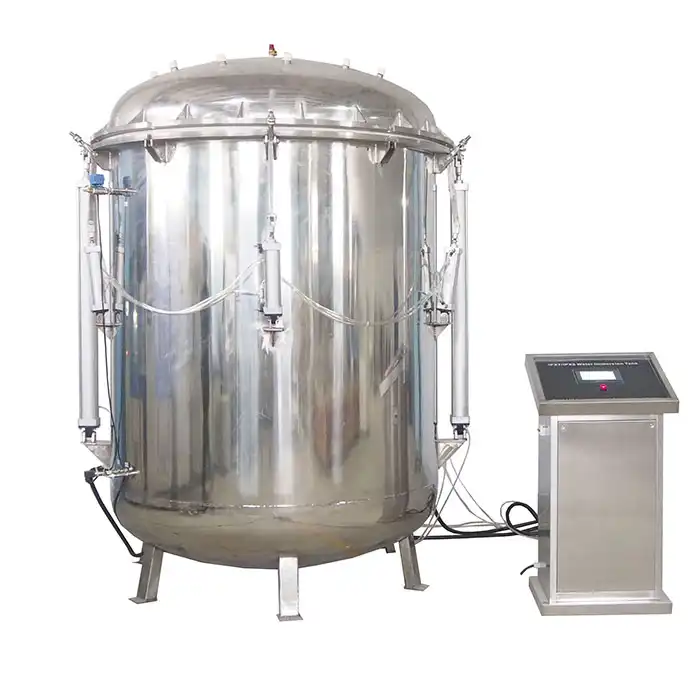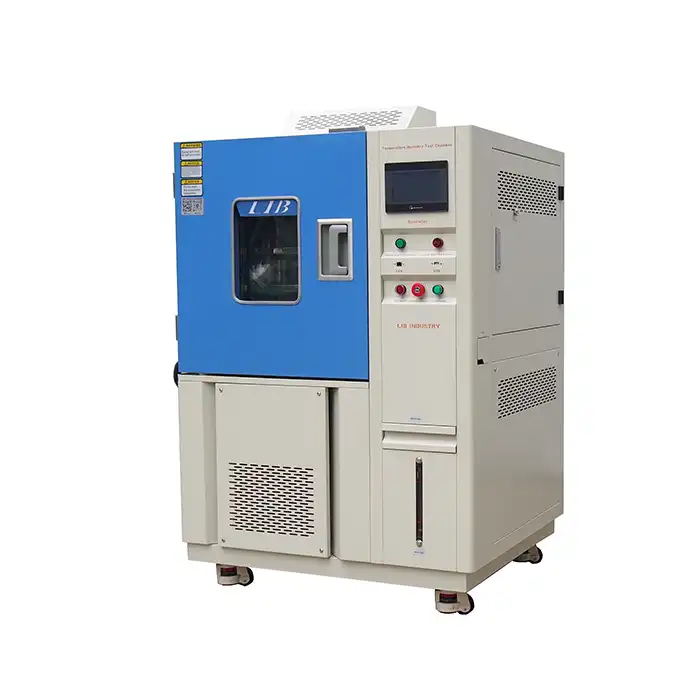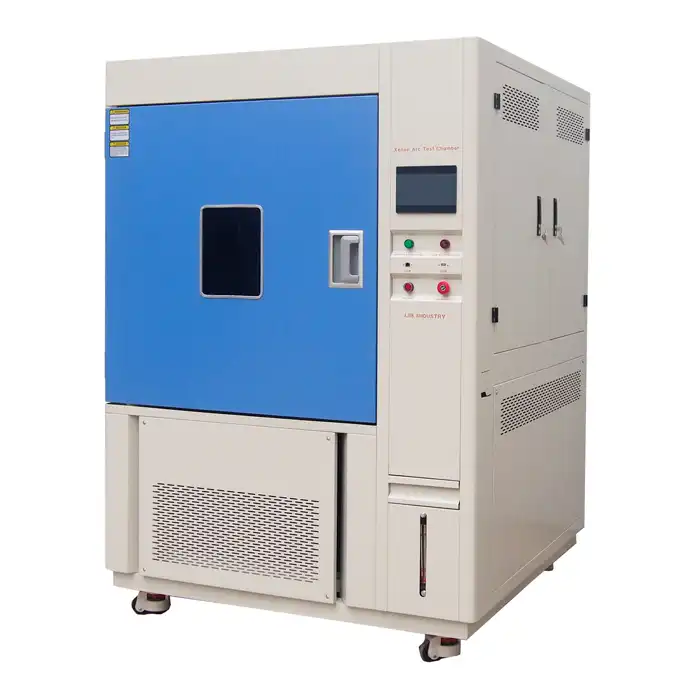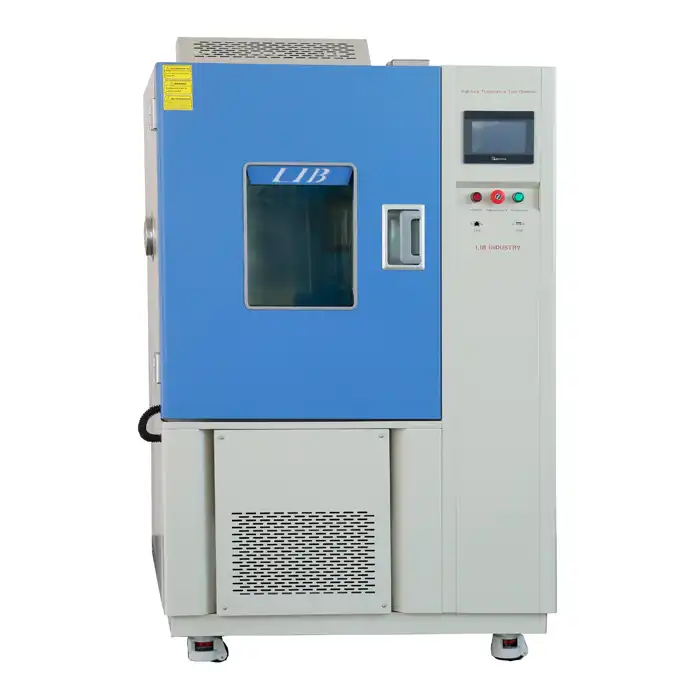What is the best method of dust control?
What is the Best Method of Dust Control?
Dust control is essential in projects that emphasize strict ecological testing and tidiness requirements. This is especially important in industries like electronics, automobiles, aviation, and pharmaceuticals, where even small amounts of residue can affect product performance, well-being, and consistency.
Dust simulation chambers are an essential component of any successful plan for dust control. These specific offices, which repeat true residue conditions, make it workable for producers to do controlled dust openness tests on the materials and items they produce. They can assess the degree to which products resist dust entry and maintain operational integrity over time by doing so. These chambers can accommodate a variety of dust types, mimic various environmental conditions, and meet specific testing requirements of varying complexity.
Dust simulation chambers perform more functions than just satisfy Ingress Protection (IP) requirements. They enable manufacturers to validate engineering solutions, increase the dependability of their products, and identify potential design flaws. Through deliberate testing and examination in these chambers, producers can go with informed choices in regard to materials, seals, coatings, and other plan includes that diminish the dangers of residue openness.
Understanding the characteristics and sources of dust in a given environment is often the first step in effective dust management strategies. Designing controls like air filtration, ventilation frameworks, and walled in areas can altogether bring down dust levels. Routine cleaning and support systems further decrease dust collection and its expected effect on fragile hardware and items.
In conclusion, dust simulation chambers are a significant step forward in the quality and dependability of products in a variety of industries. Manufacturers are able to reduce operational risks associated with dust ingress, adhere to stringent cleanliness standards, and meet or exceed customer expectations for durability and performance in challenging environmental conditions.
Understanding Dust Control
Dust control is essential in a variety of projects, where its uncontrolled presence can have significant effects. Beyond concerns about neatness, the numerous dangers posed by dust particles, which typically have an infinitesimal variety, outweigh those concerns.
Dust can compromise manufacturing processes and lower product quality in industries like electronics and pharmaceuticals where precision and cleanliness are crucial. Dust, for instance, can impede the movement of delicate parts and result in gear failure or hardware production short circuits. Likewise, during drug creation, airborne residue can taint sterile conditions, risking item immaculateness and administrative consistence.
Moreover, over the long run, dust development on apparatus and gear surfaces can ruin their presentation. A lack of dust control can accelerate wear and tear, decrease operational efficiency, and necessitate costly repairs in the dusty environments of construction and mining, where heavy machinery operates.
Workers' prosperity is in peril from dust receptiveness, despite practical outcomes. Fine particulate matter, including silica dust and other perilous substances, can affect respiratory weights like silicosis and elevate conditions like asthma. Dust control measures are required by occupational safety regulations to protect workers' health and well-being in a variety of industrial settings.
As a result, effective residue control measures are essential for ensuring product quality, adhering to administrative guidelines, maintaining hardware life span, ensuring worker health, and maintaining product quality. Organizations can lessen the risks of dust exposure while maintaining high levels of operational efficiency and safety by implementing comprehensive dust management strategies that are tailored to the needs of specific industries.
The Role of Dust Simulation Chambers
Dust simulation chambers are essential tools for determining how dust exposure affects products' durability and dependability. These chambers simulate a variety of real-world conditions in which dust intrusion could have an impact on performance.
Makers use dust reproduction chambers essentially during the item improvement stage to lead thorough tests. They can evaluate the effects on product functionality and longevity by subjecting prototypes or components to controlled dust environments. Engineers are able to refine designs and select materials that enhance dust ingress resistance thanks to this proactive approach, which enables the early identification of vulnerabilities.
Dust simulation tests provide invaluable insights for a wide range of industries. For instance, rigorous testing in simulation chambers ensures that components in automotive manufacturing, where electronic control units and sensors are susceptible to dust, can withstand harsh road conditions without compromising vehicle performance. Similarly, these chambers validate designs that meet stringent reliability standards in aerospace applications, where airborne particles can impact mechanical and avionic systems.
Additionally, dust simulation chambers make it easier to comply with regulatory requirements like Ingress Protection (IP) ratings, which indicate a product's resistance to moisture and dust ingress. By confirming adherence to these principles from the get-go being developed, makers can smooth out accreditation processes and speed up opportunity to-advertise for new items.
Dust simulation chambers are, in essence, essential tools for increasing product reliability and quality. Manufacturers can preemptively address dust ingress-related issues by imitating challenging environmental conditions in a controlled environment, resulting in products that exceed customer expectations for performance and durability in real-world applications.
Methods of Dust Control
1. Engineering Controls
Engineering controls involve designing facilities and processes to minimize dust generation and dispersion. This approach includes:
- Enclosures and Barriers: Using physical barriers to contain dust-producing activities.
- Ventilation Systems: Implementing effective ventilation to capture and remove airborne dust.
- Equipment Modification: Designing machinery with built-in dust suppression features.
2. Administrative Controls
Administrative controls focus on operational practices and policies to reduce dust exposure. Key strategies include:
- Workplace Cleanliness: Regular cleaning schedules to minimize dust accumulation.
- Training Programs: Educating employees on dust hazards and safe handling practices.
- Workplace Policies: Establishing protocols for dust-producing tasks and personal protective equipment (PPE) use.
3. Personal Protective Equipment (PPE)
While not a primary method of dust control, PPE such as respirators and protective clothing is essential in environments where dust exposure cannot be entirely eliminated. Proper selection and use of PPE are critical to ensuring worker safety and compliance with occupational health standards.
Choosing the Right Dust Simulation Chamber
Selecting a dust simulation chamber manufacturers depends on specific testing requirements and industry standards. Factors to consider include:
- Testing Standards: Compliance with international standards such as ASTM or ISO.
- Chamber Capacity: Size and volume capacity suitable for the products being tested.
- Control and Monitoring Features: Precision in controlling dust concentration, humidity, and temperature.
- Data Acquisition: Capability to collect and analyze data for accurate performance evaluation.
Conclusion
Effective dust control is not merely about compliance; it's about ensuring product reliability, worker safety, and operational efficiency. By integrating dust simulation chambers into testing protocols and adopting comprehensive dust control strategies, industries can mitigate risks associated with dust exposure and enhance overall product quality. Whether you're in electronics, automotive, or pharmaceuticals, investing in robust dust control measures is a proactive step towards sustained success in a competitive marketplace.
For more information on how dust simulation chambers can benefit your industry-specific needs, feel free to contact us. Our team at LIB is dedicated to providing turn-key solutions for your environmental testing challenges.



